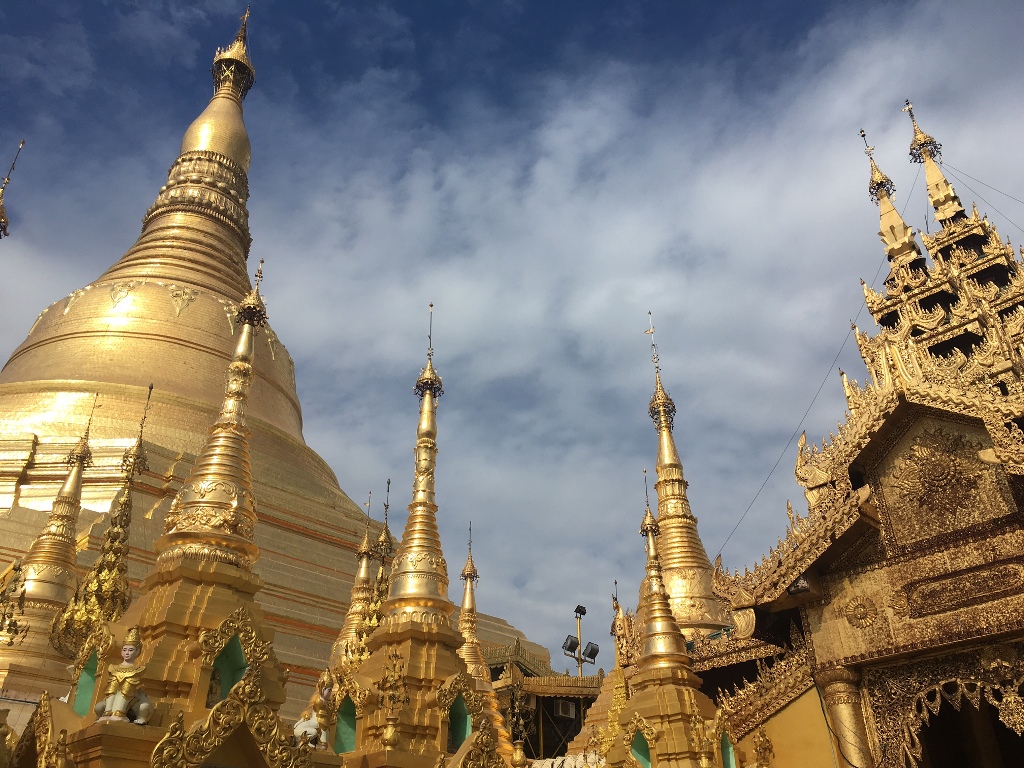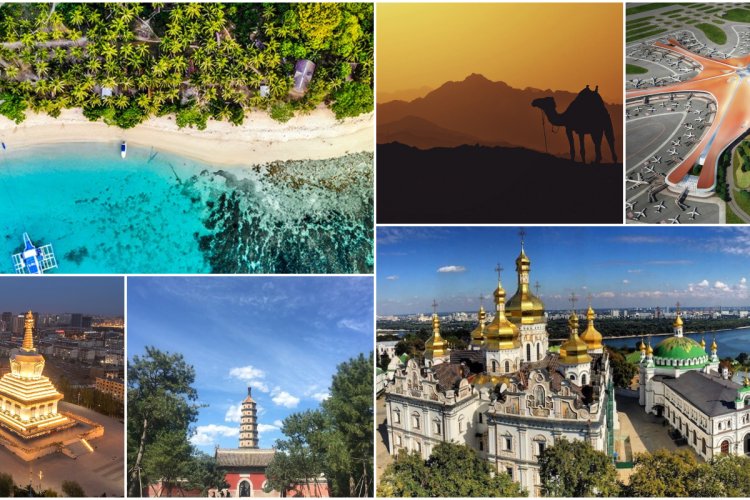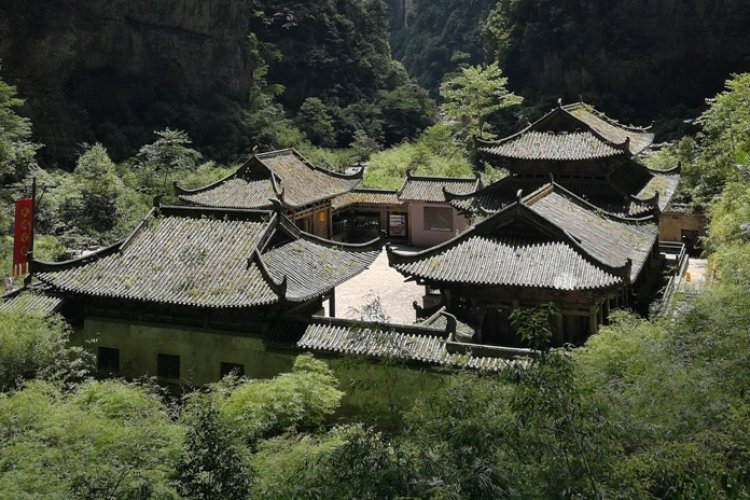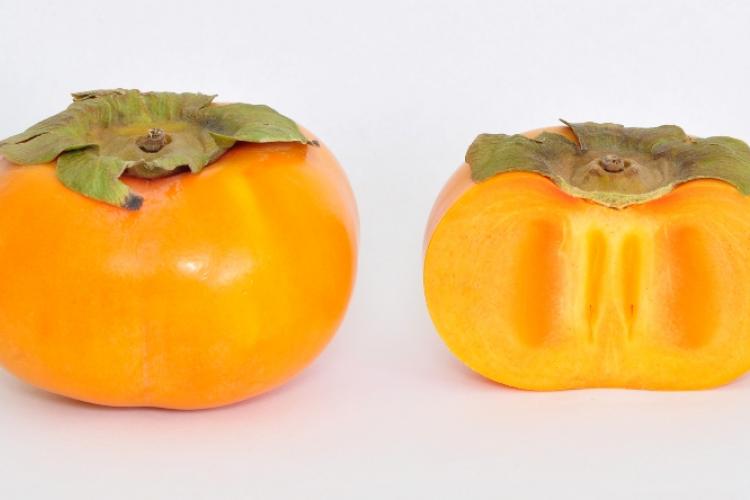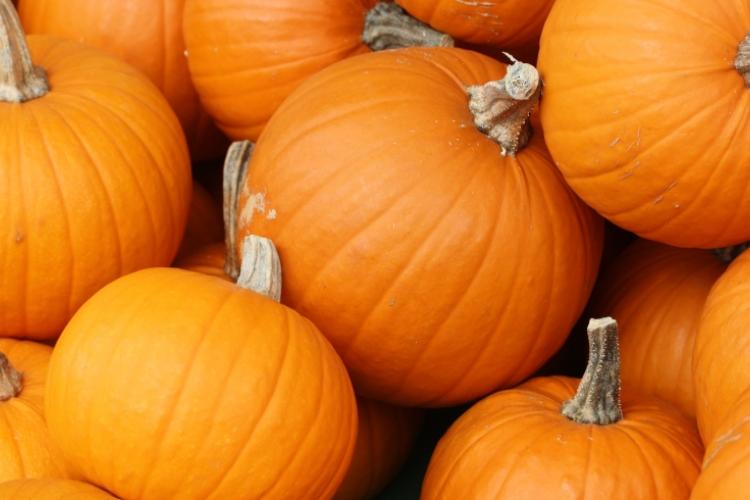Three Days in Yangon, Myanmar: A City on the Rise
Yangon is a city on the rise. Once known as Rangoon, Myanmar’s largest city offers tropical breezes, a vibrant and surprisingly cosmopolitan urban culture, and one of the best collections of colonial-era buildings anywhere in Asia. Long a shipping hub between the Indian Ocean and East Asia, the city’s mix of cultures is reflected in Yangon’s diverse culinary and religious traditions.

Day 1: Afternoon
In the center of the old city is the Sule Pagoda, a beautiful golden stupa sentenced to be the centerpiece of a traffic rotary. Walk south to the beautiful green oasis of Maha Bandula Park which is a hub of activity in the early evenings. Food vendors line the streets and children and families sit on the grass and enjoy the cooler evening air. The park is also surrounded by some of Yangon’s most important heritage buildings including the lilac-colored City Hall and the High Court.
Evening
Head down to the waterfront: Yangon was once the busiest port in the British Empire and continues to be a working port. Unlike Shanghai’s Bund, much of Yangon’s riverfront is still working terminals and container yards, but there are pockets of old Rangoon’s charm. The Strand Hotel is a colonial grand dame in the tradition of the Raffles in Singapore. Managed today by the Aman Hotel Group, it’s a pricey place to stay, but visitors can hunt for the ghosts of Eric Blair (pen name: George Orwell) in the bar while sipping period cocktails.
For dinner, walk up the street to one of Yangon’s best bistros: the Rangoon Tea House. Modern-day twists on Burmese staples, including an excellent Tea Leaf Salad, make this a popular place for tourists and Yangon residents. After dinner, look over their extensive menu of sweet and milky Burmese teas.

Day 2: Morning
Book a walk with Michael from Yangon Walking Tours. The Eastern Heritage Building walk includes the best of colonial Yangon. While many of the buildings have suffered from not-so-benign neglect and misuse over the past few decades, Yangon is still a mecca for lovers of turn-of-the-century colonial architecture.
Afternoon
After exploring the architectural relics of the Raj, head to the eastern section of town to see an even more lasting legacy of British rule: Yangon’s bustling Chinese and Indian quarters. Be sure to visit Thein Gyi Zai, the largest market in Yangon and one of the oldest as well. Keep an eye out for carts selling betel nuts (a mild stimulant that leaves the chewers lips and teeth a startling shade of red) and thanaka, a paste made from wood dust that Burmese women wear on their faces as a form of sunblock.
Visit the Shri Kali Temple, built by Tamil migrants in 1871, and still an important center of worship for the city’s South Asian community. The Indian Quarter also features a Shia mosque built in 1914 as well as the Musmeah Yeshua Synagogue, completed in 1896. The synagogue is an active place of worship for 20 or so descendants of Yangon’s Jewish community, which once numbered in the thousands and included Jews of Persian, Indian, and European descent.
Evening
In the evening walk through the Chinese quarter. Many of Yangon’s Chinese community operate gold exchanges in the area. There are also medicine shops, teahouses, and the kind of lineage halls and shrines that are increasingly rare in China. Walk south through Chinatown to the Kheng Hock Temple, a shrine to the deity Mazu, a favorite of Fujianese sailors.
Across the street from the temple is a busy dirt road that leads to the jetty. In the evening the jetty is bustling with ferries carrying commuters home and is also the best place to watch the sunset along the river.
Once the sun goes down, head back up to 19th Street, a hopping lane of barbecue restaurants all operating on the simple equation: barbecue + beer = good times. Find a seat in one of the crowded outdoor tables, point to something that might taste good grilled, order a beer, and enjoy the Yangon evening.

Day 3: Morning
Uncharted Horizons is an outfit operating out of Yangon since 2015, which arranges bicycle tours through the surrounding countryside. It is an excellent opportunity to explore some of the less-travelled areas around Yangon, including rural markets, villages, and shrines.
Afternoon
The Shwedagon Pagoda is Myanmar’s holiest site; the main stupa is encased in solid gold and rises 99 meters to a crown tipped with over 2000 rubies and 5448 diamonds including a 76-carat diamond at the pagoda’s highest point. Make sure to remove your shoes at the gate and proceed around the pagoda in a counter-clockwise direction, as is customary to show deference at Buddhist places of worship.
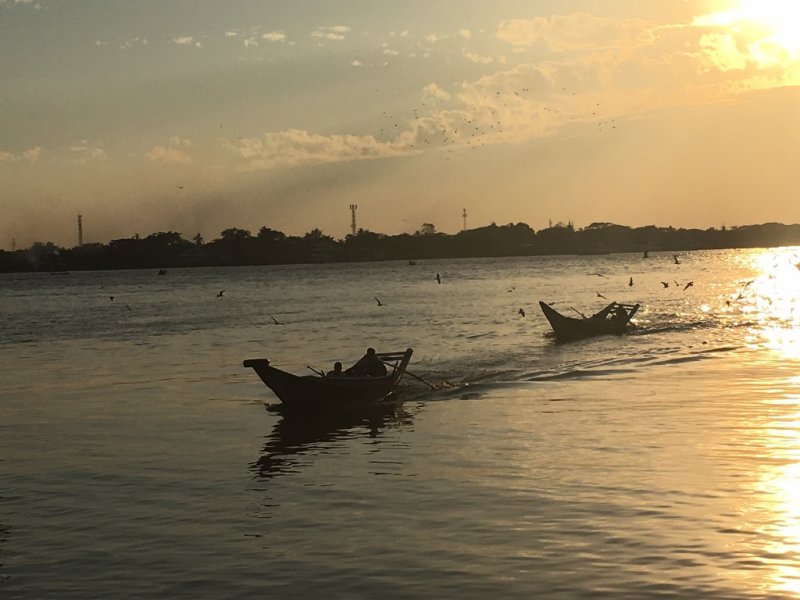
HOW TO
Get There
Twenty-eight-day tourist visas can be obtained by submitting some basic information, a passport photo, and USD 50 to the e-visa application website run by the Myanmar government.
Find a Place to Stay
There are several hostels and guesthouses in the downtown area with rates starting around RMB 300 per night. Those willing to splurge a little will be very happy staying at the Sule Shangri-La. It’s not cheap at approximately RMB 1,200 per night, but the location and service make it of excellent value. If money is no object and you’re looking to recreate a little of the style of old Rangoon, the Strand Hotel remains the destination accommodation for discerning travellers.
Get Around
Taxis aren’t metered, but most rides within the city will only cost about MMK 2,000 (RMB 10). Roads can be a bit chaotic, although local regulations prohibit operating scooters, motorbikes, or motorized trishaws inside the city limits, which does eliminate one potential traffic hazard.
DIRECTORY
The Strand Hotel (and Sarkie’s Bar)
92 Strand Road (hotelthestrand.com)
Rangoon Tea House
77-79 Pansodan Street (Lower Middle Block)
Between Maha Bandoola and Merchant Road
Yangon Walking Tour
Thein Gyi Zai Market
Between Kon Zay Dan Street and 26th Street (opening-up-burma-travel.info)
Temple to Mazu (Kheng Hock Temple)
426-432 Strand Road
Shri Kali Temple
Corner of Anawrahta Road and Kon Zay Dan Street
Musmeah Yeshua Synagogue
85, 26th Street
Uncharted Horizons
facebook.com/uncharted.horizons.myanmar
Shwedagon Pagoda
Singuttara Hill (shwedagonpagoda.com)
Sule Shangri-La Hotel
223 Sule Pagoda Road (shangri-la.com/yangon/suleshangrila)
This article first appeared in the March/April issue of the Beijinger.
Jeremiah Jenne is a writer, educator, and historian based in Beijing since 2002. He is also the founder of Beijing by Foot, which offers historical walks, tours, and workshops in Beijing. You can find him on Twitter @granitestudio.
Photos: Jeremiah Jenne

